The tragic death of a delivery rider on a Sydney motorway has issued a stark reminder that speed can be a contributing factor in all traffic incidents, even if the issue isn’t exceeding the limit, but rather going too far under it.
On July 23, a delivery rider was struck by three vehicles on the M4 Motorway at around 2am, with NSW Police Assistant Commissioner Brett McFadden saying the 110cc scooter was “driving well below the speed limit”.
According to 7 News, the top speed of the scooter was 80km/h – just 10km/h below the 90km/h speed limit on that stretch of road.
While it’s yet to be determined what speed the scooter was travelling at when it was first struck, Assistant Commissioner McFadden added that police “want to emphasise that the speed factor is usually associated with high speed – but this is the opposite.”
It’s a rare instance of low speed being listed as a contributing factor, though it should be an alarming sign to the state’s most vulnerable drivers.
New South Wales is one of four Australian states to impose a speed limit on its developing motorists, with learners and provisional 1 licence holders (red p-platers) limited to 90km/h, while green P-platers can’t exceed 100km/h.
Tasmania also limits learners to 90km/h, while Western Australian and South Australian learners can’t go above 100km/h, a restriction which continues for P-platers in SA.
It’s a system which is designed to ensure drivers with statistically the least amount of experience behind the wheel aren’t driving at higher speeds, which naturally require faster reaction times and greater knowledge to avoid collisions.
Of course, this relies on the old mantra of ‘every km/h over is a killer’, something burned into the minds of most young drivers even before they get their licence.
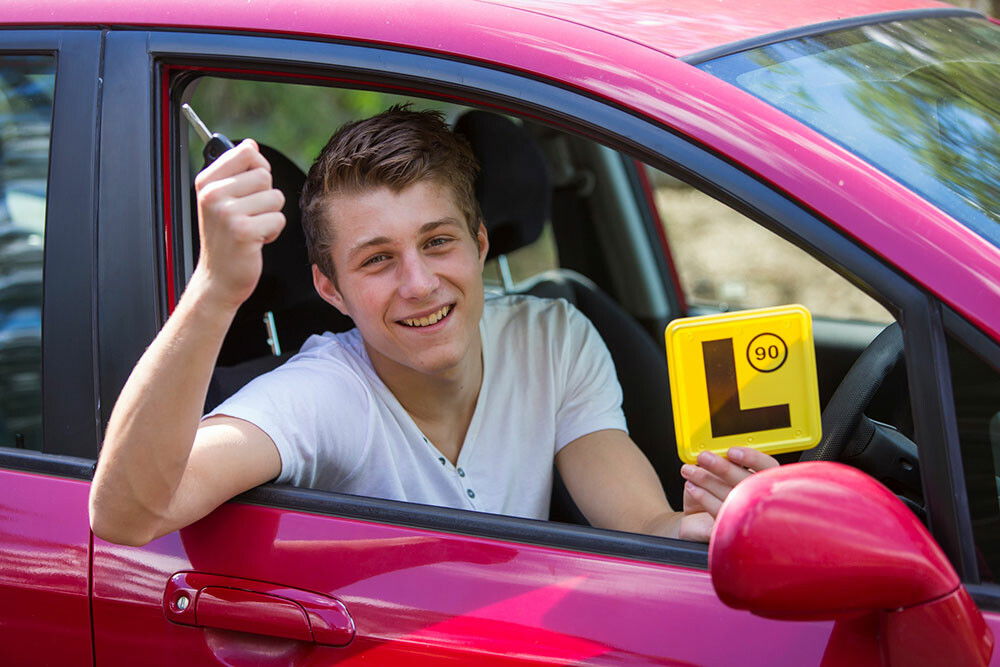
However, the tragic incident which unfolded this week – despite involving a more vulnerable road user on a traditionally less safe vehicle – has served as a reminder of how backwards driver training can be in Australia.
Having grown up in the ACT, we didn’t have licence-based speed restrictions while travelling on roads in our jurisdiction, however once we crossed the border into NSW, we had to follow their rules.
Throughout most of the time while I was learning, this meant a learner restriction of 80km/h (increased to 90km/h in July 2013), however the NSW rule for P-platers didn’t have to be followed. This has since changed.
So what did I learn during those times where I was given the keys to drive while in our neighbouring state? Primarily to look at my speedometer and mirrors to make sure I could see a dodgy attempt at a pass coming from a mile away.
It was ludicrous then and continues to be now to expect young, inexperienced drivers to not get any training on how to overtake others, not only on multi-lane motorways and highways, but also on single-lane country roads where overtaking lanes are few and far between.
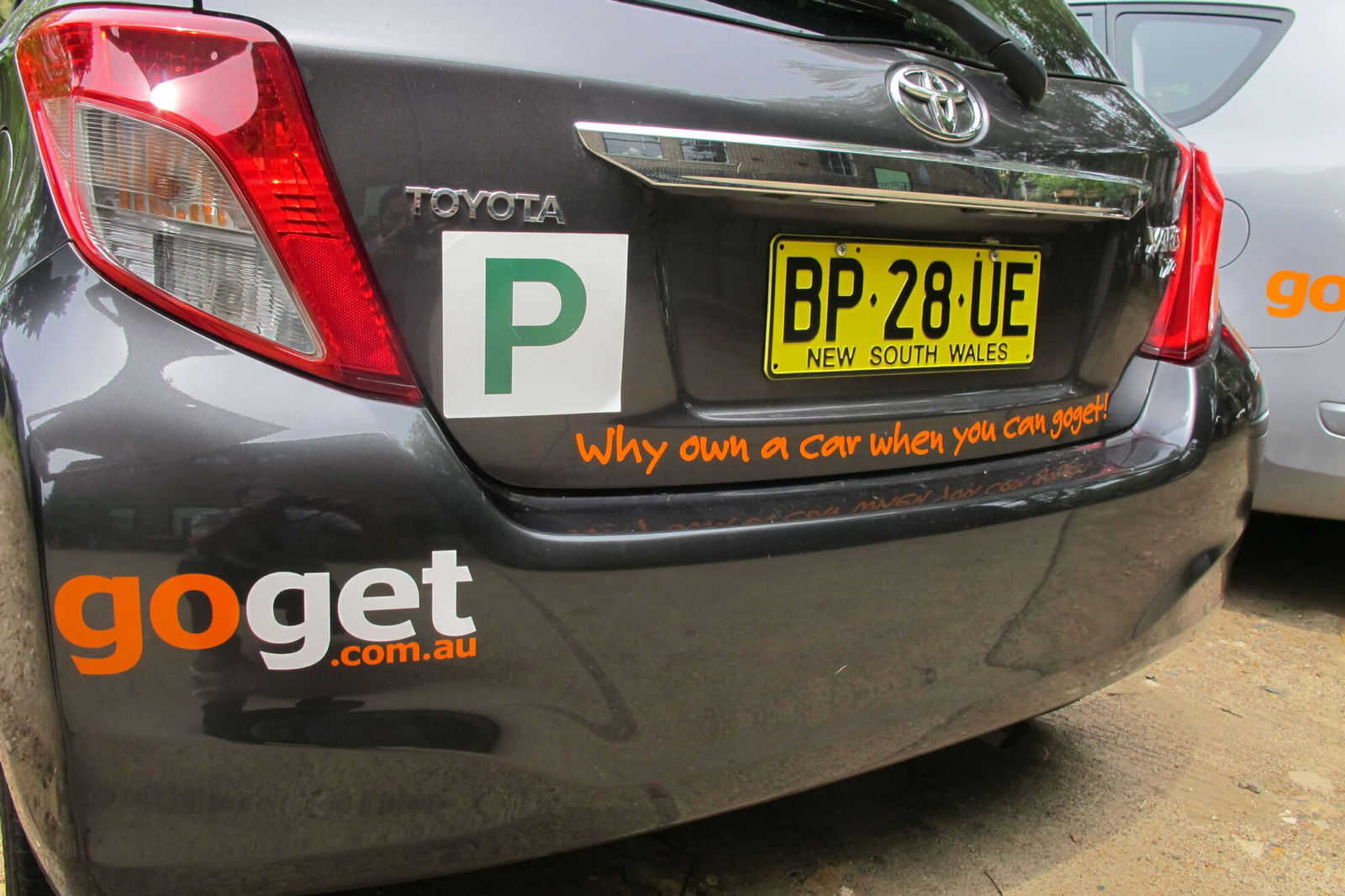
For me, it wasn’t until I was a P-plater that I first got the experience of driving at the 100km/h and 110km/h speed limits on NSW roads which I’d been unable to while I was required to have a fully licenced driver sitting beside me.
In these first instances, I still did so with my dad in the passenger seat, however this wasn’t a requirement even though it absolutely should have been.
How else is a young motorist going to be told how to judge the distance between not only the car in front of them but also potential vehicles approaching behind?
It would be a similar situation on motorways, where you’ve got to be conscious of getting back in the correct lane to make an exit with time to spare. At the moment, those with speed restrictions would be consigned to sticking in the slow lane for most of the trip.
Of course the data shows that learners are among the least likely to be involved in a fatal incident, not only because of their typically more cautious approach but also having someone who is at least in theory more experienced sitting next to them.
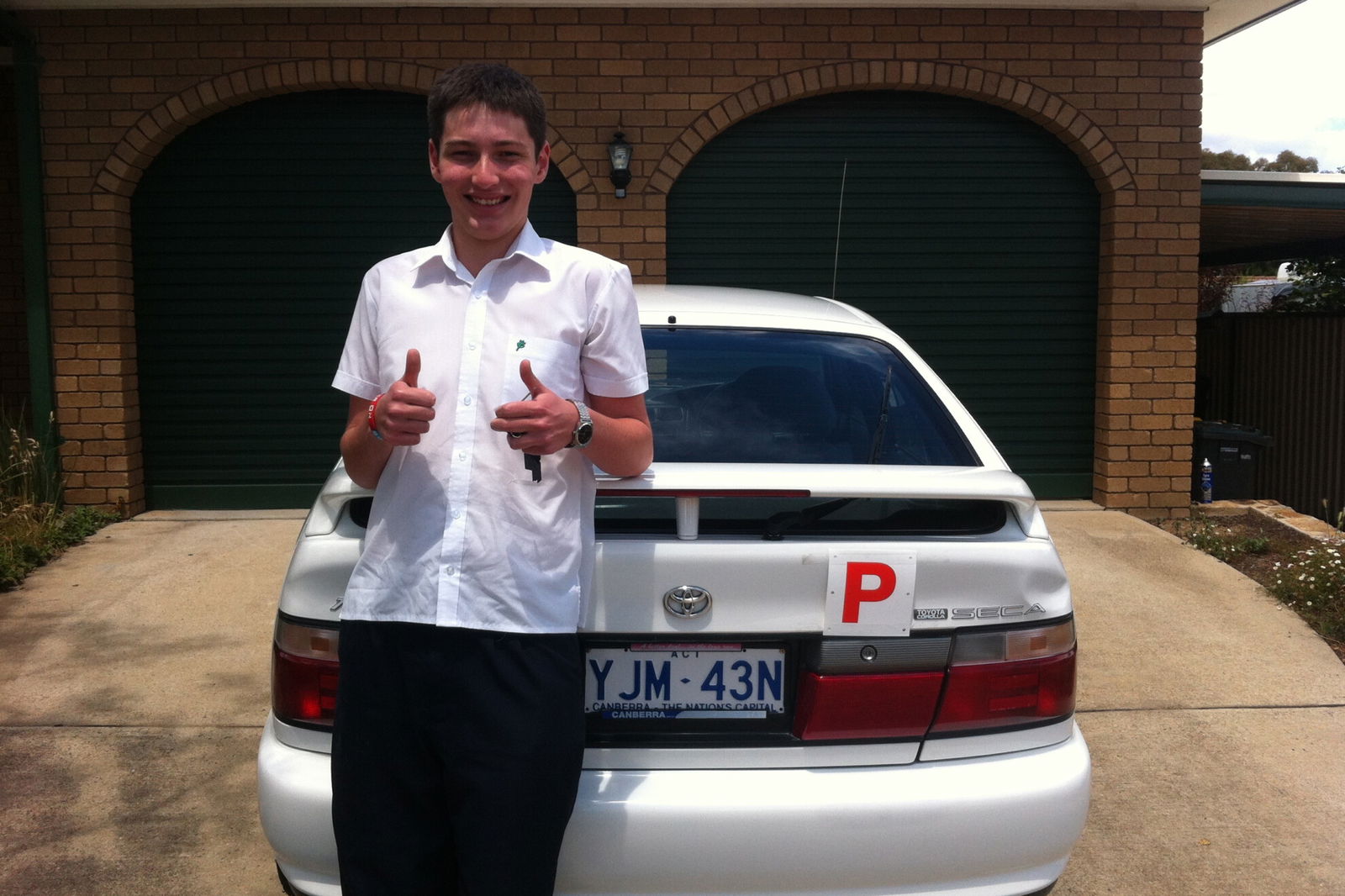
This all goes out the window when it comes time to get a provisional licence, where all that training gets put to the test. But if you haven’t trained for a situation, how can you be prepared for it.
Australia’s per-capita road toll is reducing, but there’s always room for improvement, especially for young drivers.
Inadequate training requirements mean you can be trained by someone who may have a full licence but has long lost their knowledge of what to and not yo do on the road.
Revenues from safety cameras – speed, mobile phone and seat belt detection – are seemingly at an all time high, but these band-aid ‘solutions’ aren’t being used how they should: to fund professional training for young motorists.
I feel quite sad for the delivery rider who was killed this week, as well as the motorists who were involved in the collision.
Unfortunately, it has highlighted a quiet problem on Australian roads which hopefully, some day, will be addressed.



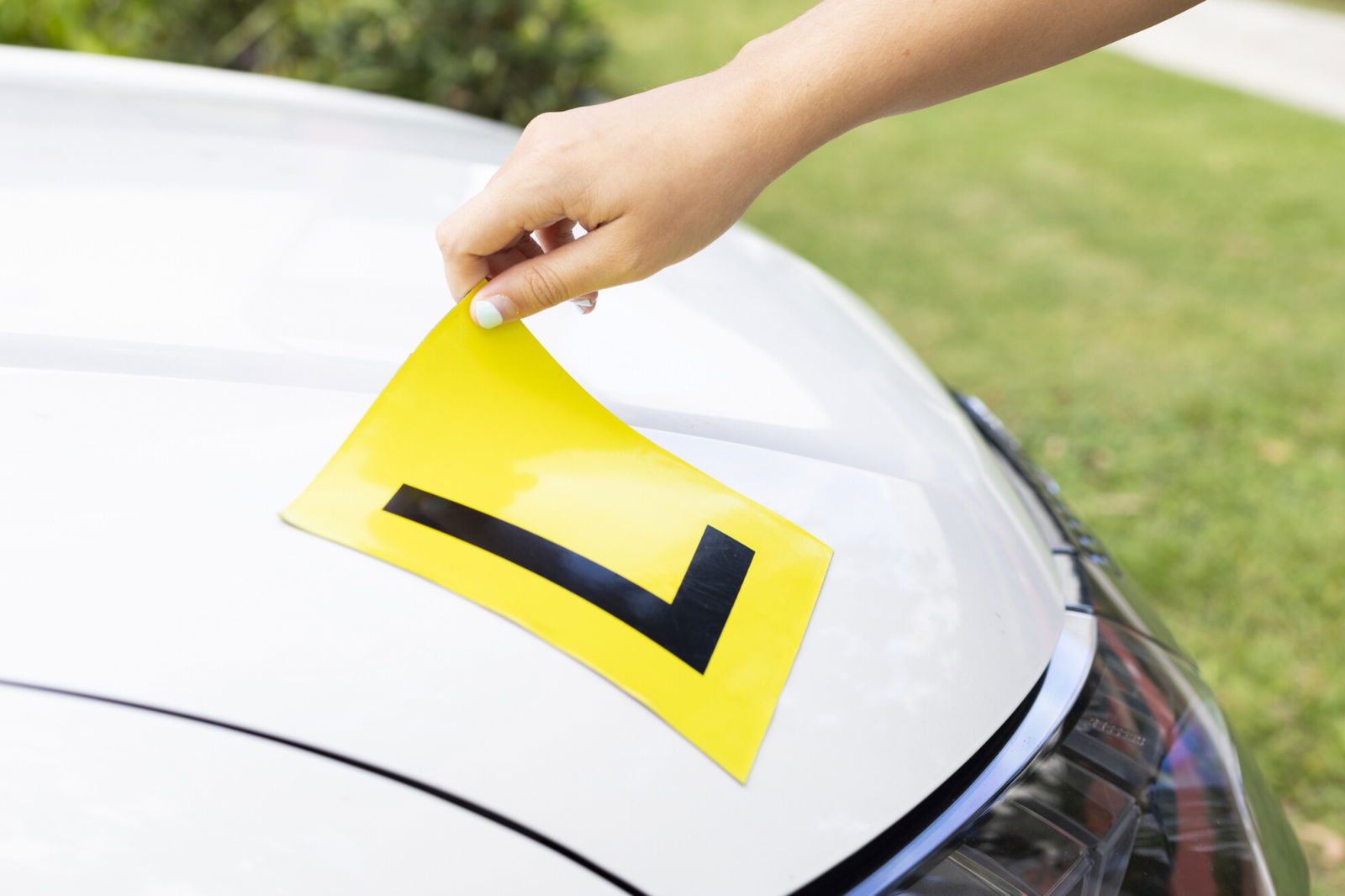



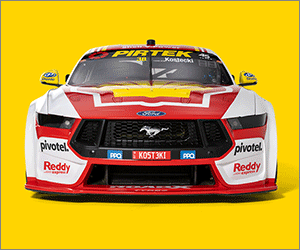





Discussion about this post